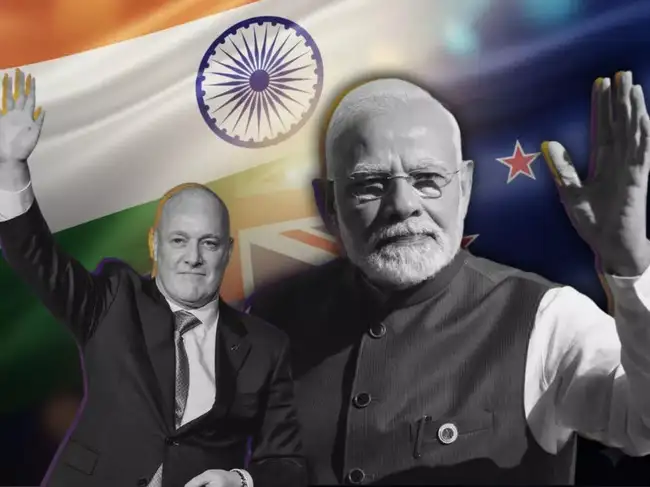India’s US Exports: Resilient Despite 50% Tariffs — What’s Really Going On
Background: The 50% Tariff Shock
In 2025, the U.S. imposed steep tariffs — up to 50% — on a large chunk of Indian exports.
These tariffs hit goods such as textiles, gems & jewellery, leather, shrimp, and other labor-intensive sectors.
According to the Indian government, around US$48.2 billion worth of Indian merchandise exports are subject to these duties.
Export Performance: Not as Grim as Expected
Despite the tariff headwinds, there are signs that India’s exports are holding up better in some segments:
Export Resilience / Diversification
According to The Economic Times, a counter-tariff strategy and export diversification are beginning to show results. Important growth has come from electronics, engineering goods, and marine products.
This suggests Indian exporters are not just blaming tariffs — they’re shifting focus to sectors less exposed or more competitive.
Trade Surplus Still Strong
India’s goods trade surplus with the U.S. jumped to US$41.18 billion in FY25, up significantly from the previous year.
A rising surplus means that, overall, India is still exporting more to the U.S. than it’s importing, despite the tariff burden.
The Pain Points Are Real
But it’s not all smooth sailing — some of the hardest-hit sectors are clearly feeling the sting:
According to a GTRI report, exports to the U.S. fell 37.5% between May and September 2025 after the tariff hikes.
Sectors like smartphones and pharmaceuticals saw steep declines: smartphone exports fell 58% (from May to Sept), and pharma dropped ~15.7%.
Labour-intensive industries like gems & jewellery, textiles, and leather are especially vulnerable.
India’s Response: Support & Strategy
To counteract the impact:
India approved a ₹450.6 billion (~US$5.1 billion) package to support exporters.
The package includes credit guarantees, trade finance support, and measures to help small exporters explore new markets.
On the negotiation front, India is discussing a bilateral trade deal with the U.S. to potentially ease or restructure tariffs.
Why Are Some Exports “Jumping” or Holding Up?
India’s diversification strategy is paying off: products that are not heavily impacted by tariffs (or are more competitive) are performing well.
Some exporters may be front-loading shipments — sending goods ahead of tariff hikes to avoid future pain. (This is hinted at by some analysts.)
The broader geopolitical context is also shifting: there are signs in trade talks that both sides may find common ground, especially as India seeks to shield its exporters.
Risks & Challenges Ahead
If the tariffs stay long-term, job losses in labour-intensive export sectors could mount.
Margin pressure: With tariffs so high, many exporters could struggle to maintain profitability.
Diversification has limits: Not all sectors can pivot quickly, and global competition is fierce.
Dependency risk: Over-relying on a few resilient sectors (like electronics or engineering) could backfire if global demand slows.
Bottom Line
India’s exports to the U.S. are under serious stress due to the 50% tariff regime — but they’re not collapsing. The resilience comes from a mix of government support, exporter adaptation, and trade diversification. How things play out next will depend a lot on the progress of trade negotiations and India’s ability to scale up non-labor-intensive exports.
You May Also Like

secl paste filling project
What Is the SECL Paste-Filling Project?SECL (South Eastern Coalfields Ltd), a subsidiary of Coa...

A soon-to-arrive FTA with Pacific economy takes In...
🧭 India’s Smart Trade Strategy: Why the FTA with a Pacific Economy MattersWhat’s the Big Deal?...

India’s US Exports: Resilient Despite 50% Tariffs...
Background: The 50% Tariff ShockIn 2025, the U.S. imposed steep tariffs — up to 50% — on a larg...


